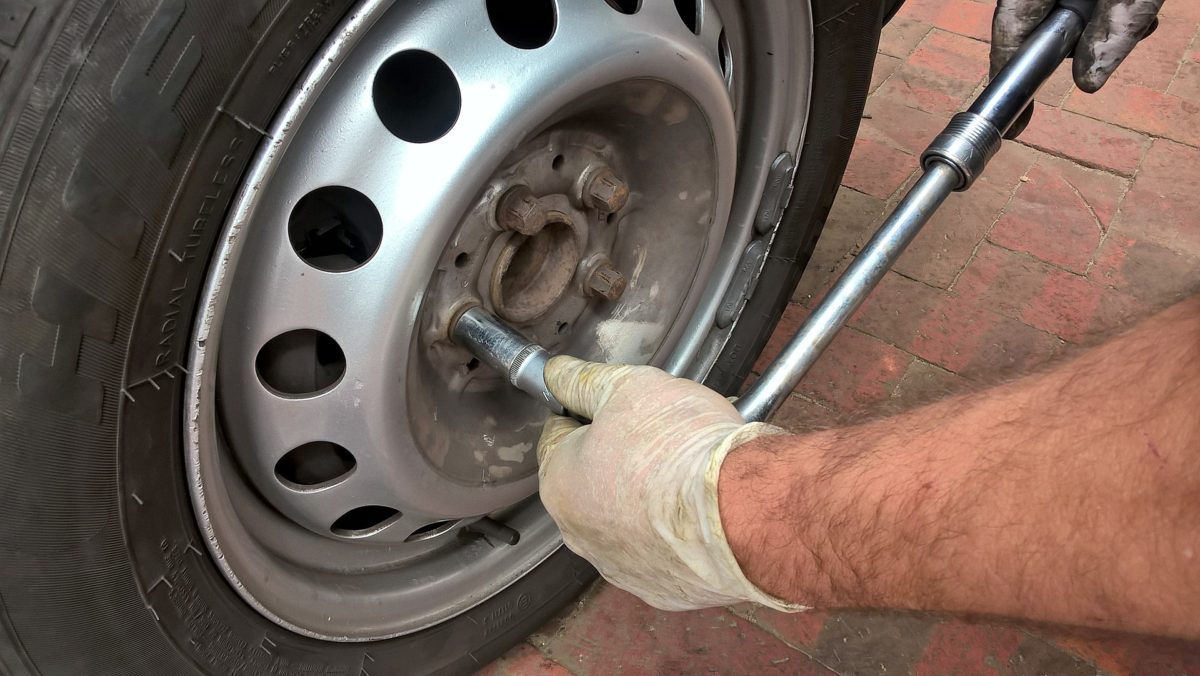Wear, Tear, and Care of Windshield Wiper Blades
Many of us take our windshield wipers and wiper blades for granted as a helpful feature for inclement weather. However, getting stuck in rain or snow without properly functioning windshield wipers will quickly make you realize the importance of well-maintained windshields and wiper blades. While natural wear and tear is normal for your wipers, the following windshield care tips and tricks will help you make sure that your wipers are ready for any condition.
1. Clean your wiper blades regularly
Wiper blades can be cleaned easily and regularly by wiping them with a wet towel along the rubber edge to remove grime, dirt, dust, and any other debris that builds up with daily use of your wipers. We recommend cleaning your wiper blades each time you fill up your gas tank.
2. Look for signs of wear and tear
When cleaning your wiper blades, look for any scratches, cracks, gaps in the rubber, or hardened rubber areas. Damaged areas like these can actually scratch your windshield, leading to damage that could be permanent. Regular inspection can help ensure that your windshield remains in peak condition.
3. Clean your windshield regularly
While we recommend regularly cleaning your windshield to ensure maximum visibility, a dirty windshield can also prematurely wear down or even damage your wiper blades. If your windshield is dirty, there’s an increased chance of you wiper blades catching on any debris or stones and damaging the blades, and most likely your windshield as well. Most gas stations have windshield cleaning stations that are free to use for customers.
4. Maintain proper windshield fluid level and type
Make sure to regularly check your windshield washer fluid levels and add additional fluid as needed. For correct windshield care, it is also imperative to use the right mix of fluids for your climate. Use a mixture of washer fluid and antifreeze, and be sure never to use plain water in your windshield washer system, as it can develop bacteria or even freeze during cold months.
5. Notice symptoms of malfunctioning wipers
If your wipers are malfunctioning or damaged, they may make unusual noises, such as squeaking, screeching, or the sound of nails on a chalkboard, all sounds that indicate that your windshield is being damaged. In addition, you may no longer be able to effectively wipe down your windshield with your wipers, causing your windshield to remain dirty or become streaky with dirt and debris that the damaged wiper blades drag across it.
6. Replace your wiper blades when needed
Finally, no matter how well you take care of them, you will at some point need to replace your wiper blades due to wear and tear. Experts recommend replacing your wiper blades anywhere from every 6 months to once a year. When the time comes to replace your wiper blades, work with an auto glass service that will provide the proper wiper blade replacements to ensure your wiper blades are working smoothly, so that you can drive more safely in any weather.

